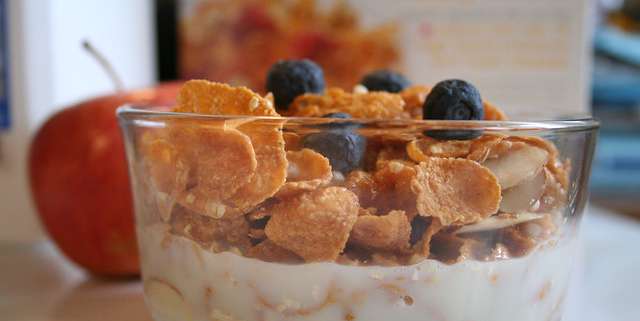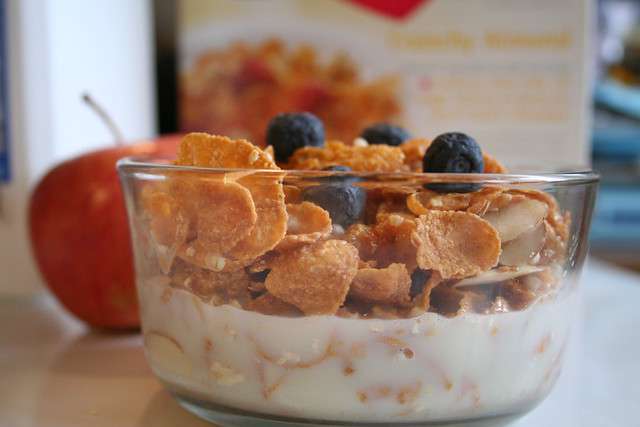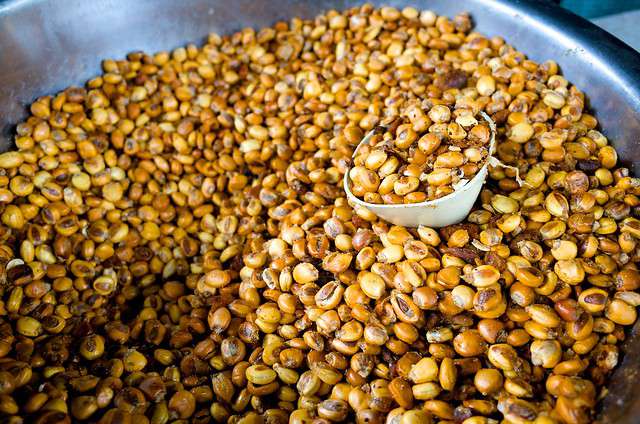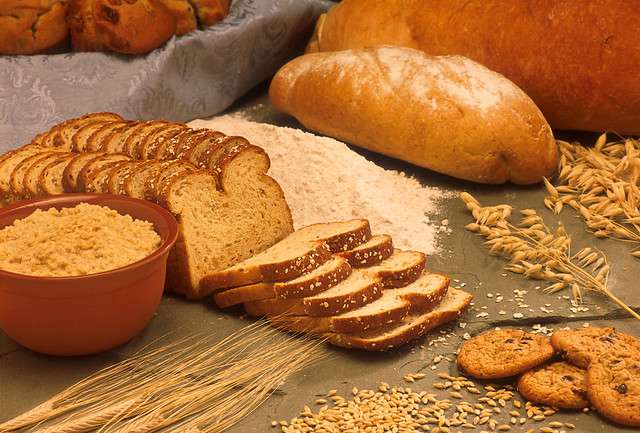
Cereals and grain-based food products are a diet staple around the world. According to Today Food, “almost half of all Americans—49 percent—start their day with a bowl of cereal, and on average we consume 100 bowls a year.” That amounts to nearly 3 billion packages of cereal each year, making cereal sales and production a leading industrial market in the United States.
Color technology plays a significant role in cereal manufacturing and development. Studies show that the visual quality of cereals can affect taste perception. Darker cereals are generally perceived as tasting burnt, while lighter cereals appear undercooked. In fact, color is often the first step toward quality control in nearly every stage of cereal manufacturing. Color technology instrumentation provides real-time information that alerts product developers to changes that must be made in production immediately, saving the producers both time and money.

Many American’s begin their day with a bowl of cereal. Color perception plays a large role in consumer choice, and many leading cereal manufacturers rely on color technology to meet consumer expectations and standards. Image Source: Flickr user musicfanatic29



